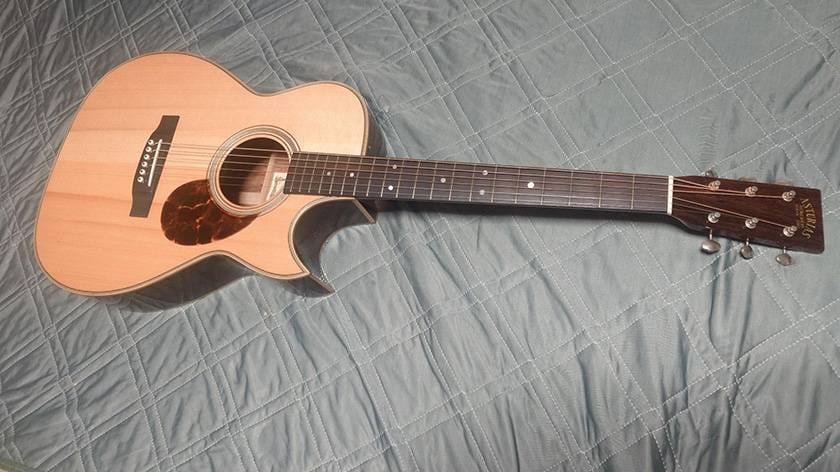
Hello, this is Yoshitaka, who contributes to this site.
I'd like to write about my own thoughts on pure acoustic guitars without pickups and acoustic guitars with pickups (so-called “electric acoustic”) based on my own experiences with equipment over the three years since the Covid-19 pandemic.
I would be grateful if you could use this as a reference.
1. When I Was Looking for A Pure Acoustic Guitar Sound…
I tried various acoustic guitars and came to the conclusion that, for me, the best way to capture the sound of an acoustic guitar was to record it with a microphone that captured the sound of the strings being plucked and the freshness of the sound.
If you prefer the sound of an acoustic guitar as it is, I think it's best to use an acoustic guitar without a pickup. However, there are also electric acoustic guitars with pickups that output a sound similar to the sound of an acoustic guitar (described later).
2. The Term “Electric Acoustic Guitar” is A Broad Category
I have started to think that it is necessary to classify and consider electric acoustic guitars.
(1) A Type that Ensures High Feedback Resistance in the Guitar Itself, So That It Can Coexist With Other Instruments
Takamine is probably the first to come to mind, and I think Godin's electric gut guitars are like that too. I think this is the kind of equipment you would expect to use for a “standard electric acoustic sound” that is based on the premise of line-out, and is more for live stages and band use than for home recording.
Many electric-acoustic guitars, such as Takamine, which come with onboard preamps, have tuners built into the body, so you can complete your daily practice without a clip-on tuner. This is extremely convenient and easy to use.
(2) Types with High Pickup Quality for Reproducing Natural Sound
I think that Maton, which became popular after being used by Tommy Emmanuel, is the first to come to mind. I was surprised when I experienced its acoustic and clear pickup performance even with a direct mixer. I've heard that Tayler's latest pickups are also wonderful, but I'm sorry, I haven't tried them yet.
(3) The Basic Model is an Acoustic Guitar with a Pickup as an Extra Feature
It could be thought of as a type of guitar that originally had no anti-howling measures, etc., but which was then fitted with an additional pickup, allowing it to be used for live performances in small spaces with a line-out. I think that the Yamaha LL6/LL16 and Headway JT series, etc., are basically acoustic guitars that are designed to be picked up by a pickup for ease of PA, rather than for band ensemble performances, etc.
Yamaha / LL6 ARE Electric Acoustic Guitar
Even for the type of instrument shown in (3), I think that in many cases, live stages are now being realized by using external pre-amps, notch filters, or by cutting the feedback point on the PA side. However, I think it would be tough to mix in with electric instruments without any measures. Even so, I think there are many opportunities where the relatively small impact of the live sound would be useful, as opportunities such as cafe live performances and open mic nights are becoming more common. Personally, I feel that this (3) is the mainstream, including both domestic and overseas brands.
3. About Retrofitting a Pickup
There are many cases where people retrofit their favorite pickups onto their acoustic guitars, but I think the final sound can't be known until you try it. At Sound House, you can find many reviews of acoustic guitar pickups, and some of them also mention feedback and ease of use, so I think they will be very helpful.
I think that, while pickups with microphones in addition to piezo and magnets are advantageous for reproducing live sound, they are not so good at resisting feedback. This one had amazing performance, even picking up and outputting the sound of the body being rubbed by the pick arpeggio, but I felt that a lot of ingenuity would be needed to be able to fully demonstrate that performance in a band.
Fishman / Rare Earth Mic Blend Active Soundhole Pickup
Conversely, even with a simple piezo pickup that doesn't have a microphone, if you use an external pre-amp, you can make the sound more natural by reducing the 'piezo-ness' (or 'electric-acoustic-ness'), so you can expand the range of your sound creation. External pre-amps are not just for external pickups, but can be used with all acoustic guitars with pickups, so the following products, which are also used on professional stages, are highly rated and are essential equipment.
L.R.Baggs / Para Acoustic D.I. Direct Box for Acoustic Guitars
4. Pickup is Convenient If Available.
Personally, I think it's more convenient to have a pickup. You can create a certain amount of sound with an external preamp, so I think that's the way to go. However, the appeal of a pure acoustic guitar is that you don't need to add anything or take anything away, and you can just play the raw sound. Also, guitars with pickups are not good if you don't connect them to an amp and play them for a while, as they may pick up static or have other contact problems. If you really want to play just the acoustic sound, and you don't want to use an acoustic amp or mixer, and you want to use a microphone for live performances at cafes, then I think a pure acoustic guitar that doesn't need any electrical maintenance would be better.
That's all.
Thank you for reading this long post.
The “sound & person” column is made up of contributions from you.
For details about contributing, click here.





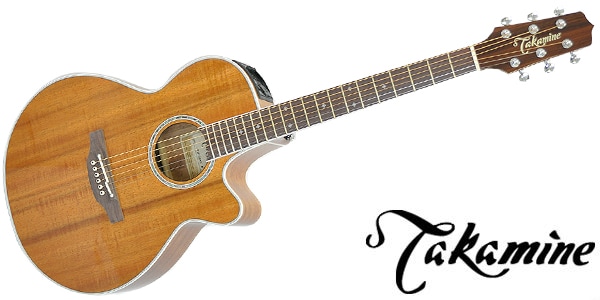
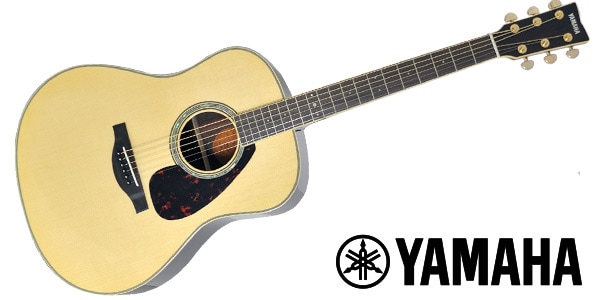
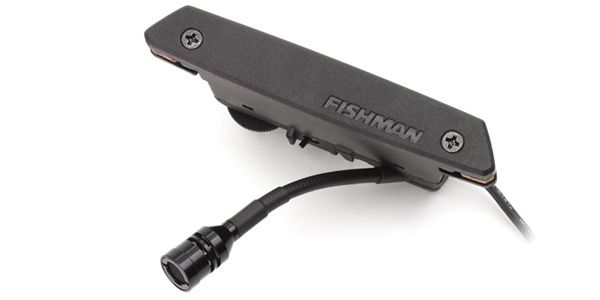
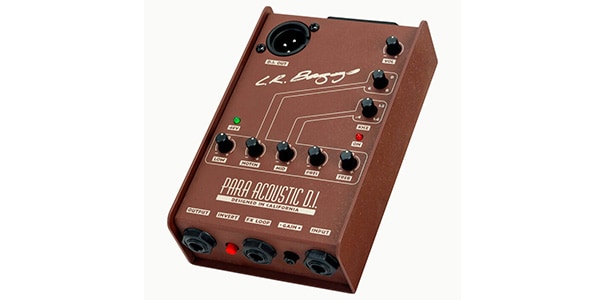


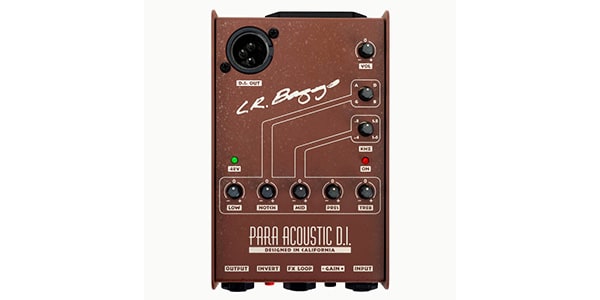







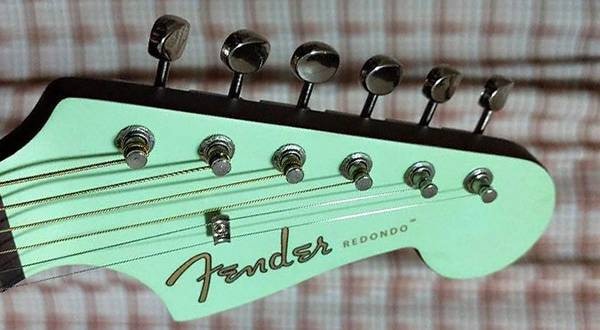
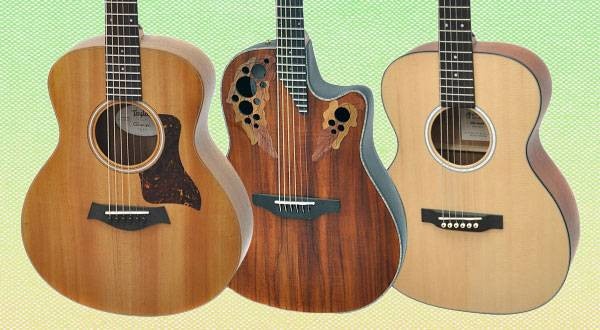
![[For Beginners!] Top 5 Acoustic Guitars for First Instruments](/contents/uploads/thumbs/2/2022/8/20220802_2_18814_1.jpg)
![[2025 Edition] Top 10 Recommended Acoustic Guitars](/contents/uploads/thumbs/2/2022/5/20220506_2_17799_1.jpg)
![[Acoustic guitar] Acoustic guitar or acoustic-electric guitar](/contents/uploads/thumbs/5/2020/9/20200923_5_11215_1.jpg)
![[Acoustic Guitars] About materials used in acoustic guitar](/contents/uploads/thumbs/5/2020/6/20200605_5_10266_1.jpg)
 フェンダーアコースティックギターのすゝめ
フェンダーアコースティックギターのすゝめ
 Lowden Guitars 特集
Lowden Guitars 特集
 超オススメのフレーズ道場 アコースティックギター
超オススメのフレーズ道場 アコースティックギター
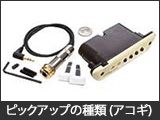 ピックアップの種類(アコースティックギター)
ピックアップの種類(アコースティックギター)
 弦の張り替え(アコースティックギター)
弦の張り替え(アコースティックギター)
 ギタースタートガイド
ギタースタートガイド















